Top 10 Ways to Improve Your Fuel Economy

There’s maintenance, financing and even parking if you live in a congested area. Don’t speed or run a red light because that will cost you dearly as well; and don’t even think about insurance. Full coverage doesn’t just cost an arm and a leg these days, but enough first-born children to keep Rumpelstiltskin happy long past retirement.
Of course fuel economy is another way vehicles squeeze their drivers. Nobody wants to drop a C-note every other day just to top off their tank. Greater efficiency is why people buy diesels, put up with hybrids and trade down to smaller vehicles. It’s also the reason they carpool and take the bus.
Aside from doing anything drastic, like *shudder* relying on public transportation, there are numerous simple things you can do right now that will save money at the pump. Behold, the Top 10 Ways to Improve Your Fuel Economy!
Vehicles with start/stop systems build on this idea by killing the engine when you’re halted and seamlessly (usually) restarting it when forward movement is called for once again. If you’re shopping for a new ride, see if you can get one with this technology; it can dramatically improve efficiency in heavy traffic and urban conditions.
SEE ALSO: Is Premium Fuel Better Than Regular?
Running the appropriate grade of fuel is important. If your car calls for regular gasoline, pricey premium isn’t going to do you any good; it just costs more. Likewise, if your vehicle requires something with 93 octane you’re better off ponying up and putting it in. If you don’t it could lead to internal engine damage. To maximize your savings follow manufacturer fuel recommendations.
One way to save fuel is to get the junk out of your trunk, the crap out of your hatch, the belongings out of your bed, etc. Extra weight does neither you nor your vehicle any favors, so quit living like a vagrant. Your wallet/bank account/retirement fund will thank you.
Like a tiny plastic straw, dirty air filters restrict an engine’s ability to breath, robbing it of performance and potentially reducing economy. But don’t fret, there’s good news. These puppies are pretty cheap and they’re generally a snap to replace; oftentimes no tools are required. Go ahead; flip your mechanic the bird. This is one maintenance item you’ve got covered.
Proper inflation pressure is critical to getting the best fuel economy possible. You can imagine the extra resistance there is when a car’s tires are low on air. Unfortunately this isn’t just an efficiency issue; it’s a safety concern as well.
SEE ALSO: How Much Air Should I Put in my Tires?
Automakers spend an enormous amount of time and effort determining the optimum inflation pressure for a given vehicle. Therefore it’s important to follow that number to the, um, letter. You’ll find the correct amount on a special placard, which is usually mounded on the body inside the driver’s door opening.
Fuel efficiency matters and so does safety. Suffice it to say, keep your vehicle’s tires properly pumped up.
SEE ALSO: What Kind of Oil Should I Use?
If you go too long between oil changes the lubricant can thicken and become harder to pump, something that hampers efficient motoring. Additionally, that lackadaisical attitude can cause a host of other problems. Sludge can build up, friction and wear can accelerate and that’s not all. You could be staring down the barrel of a catastrophic mechanical failure. Change the oil according manufacturer recommendations and your vehicle will reward you with faithful service and better economy.
Despite how frustrating that “double nickel” limit was the logic behind it is sound. Fuel mileage typically falls off a cliff at speeds faster than 50 MPH. Driving more slowly can dramatically increase your miles per gallon. Give yourself a little extra time, save a lot at the gas station.
And what better way to keep a careful eye on your vehicular velocity than to use cruise control. Turn it on, set it at a desired speed and go fix yourself a sandwich because the car does the rest.
Cruise control can help increase fuel efficiency by moderating throttle inputs. Rather than doing 60 miles an hour, speeding up to 70, then dropping down to 65 the cruise sidesteps this unnecessary yo-yoing to deliver a more relaxed drive and more MPG.
Try to relax and drive smoothly with deliberate caution. Sure, it’s not as much fun as roasting the tires from a standstill but you will save money on fuel. In short don’t drive like a teenager.

Born and raised in metro Detroit, Craig was steeped in mechanics from childhood. He feels as much at home with a wrench or welding gun in his hand as he does behind the wheel or in front of a camera. Putting his Bachelor's Degree in Journalism to good use, he's always pumping out videos, reviews, and features for AutoGuide.com. When the workday is over, he can be found out driving his fully restored 1936 Ford V8 sedan. Craig has covered the automotive industry full time for more than 10 years and is a member of the Automotive Press Association (APA) and Midwest Automotive Media Association (MAMA).
More by Craig Cole








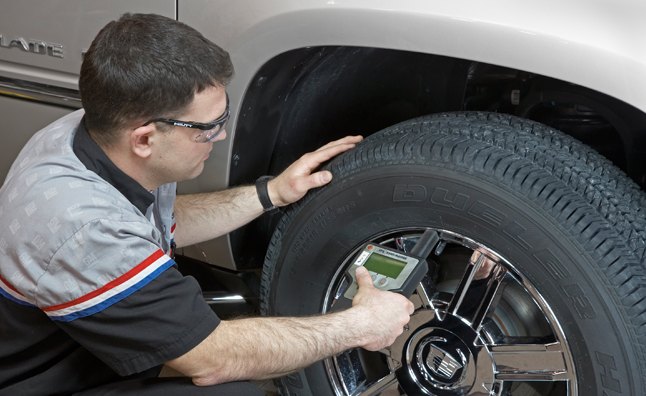















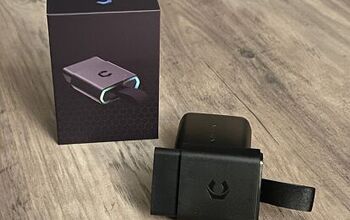


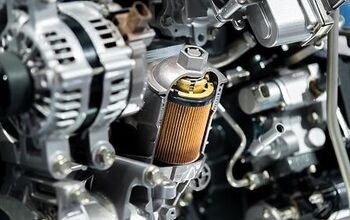

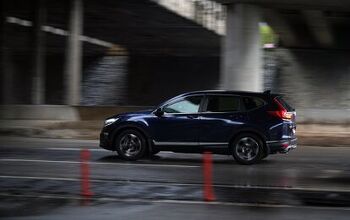

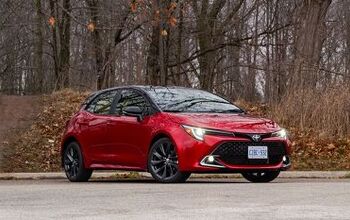


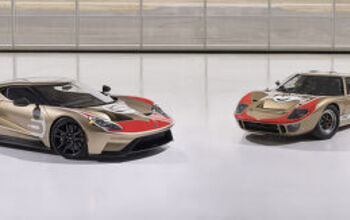


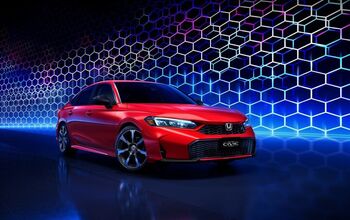

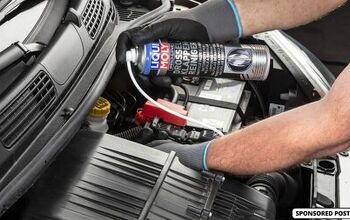

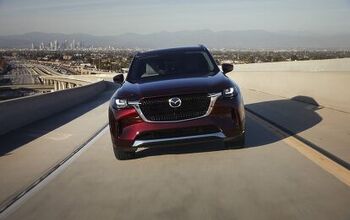
Comments
Join the conversation
All of these suggestions are well-known to most car buffs. I recommend adding 5 psi additional to your car manufacturer's tire pressure spec, because you lose pressure over many months between check-ups. I also recommend replacing your OEM filter with the appropriate one from K & N.